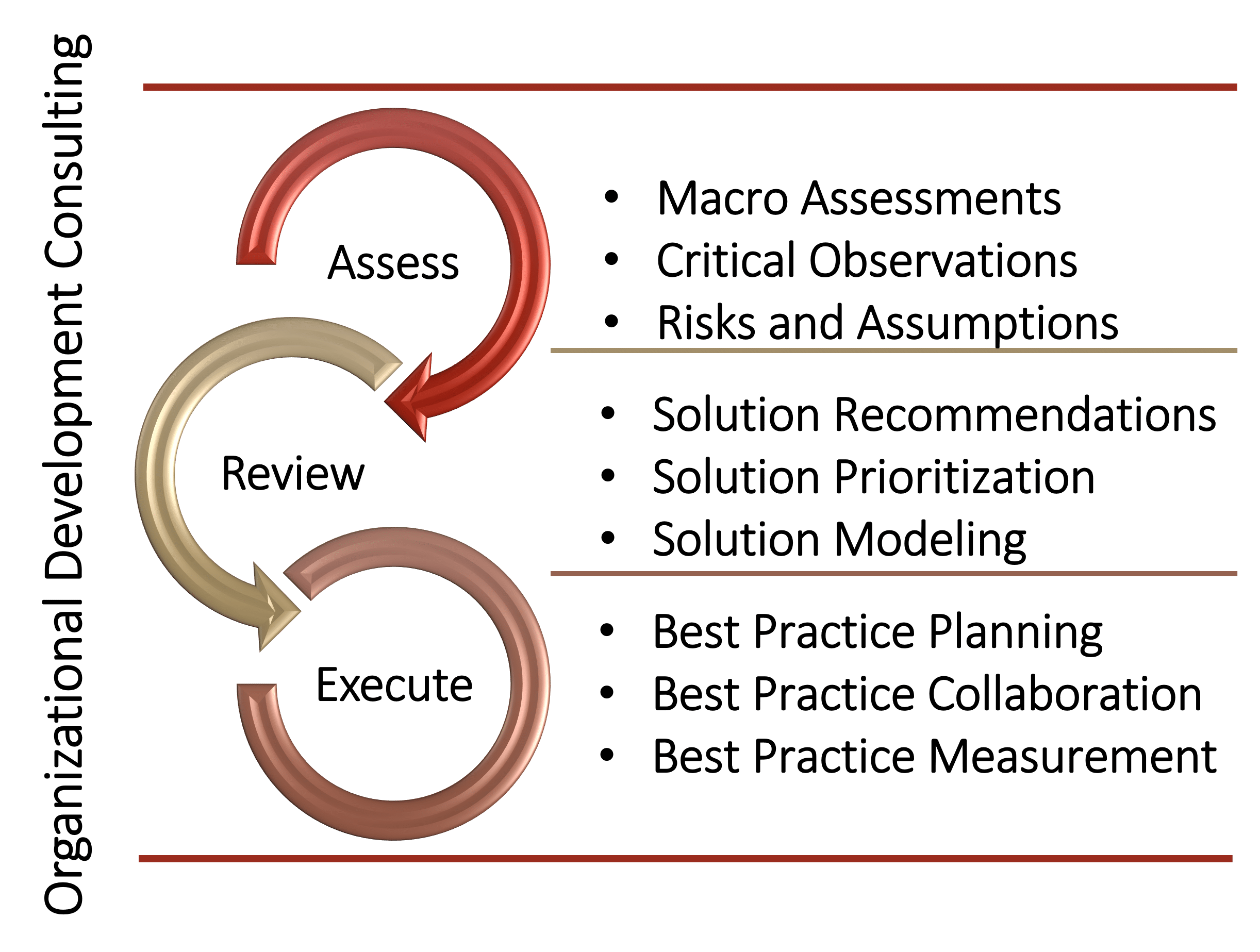Introduction
It is a visual tool that displays all critical steps in a specific process and easily quantifies the time and volume taken at each stage. The primary purpose of value stream mapping is to analyze, design, and manage the flow of materials and information required to bring a product to a customer. It helps visualize the flow of work across all processes, identify waste, and provides a common language for discussing the process. Value stream mapping is widely used in lean manufacturing but has been proven effective in any industry. The current-state map enables everyone involved in the value stream to visualize a shared understanding of how each step in the process delivers value to the customer, including the material and information, and identify areas of improvement. The future-state map creates a shared understanding of how the process will work once improvements are made, serving as a roadmap of improvements.
Value Stream Mapping Implementation Considerations
- Gain perspective on how long you are spending on valuable steps vs. how much time is being wasted.
- Identify inefficiencies, bottlenecks, rework, and overhead.
- Identify procedures which could be automated.
- Highlight where processes cross over and could be integrated.
- Engage with process stakeholders and improve communication and awareness.
- Align teams which would benefit from working more closely.
- Understand your value-adding activities. These typically fall into three categories: what the customer wants you to do, (in the process flow), the information being used to achieve the desired result, and resolving that issue as quickly as possible and if possible, the first time. Any activity that exists outside of these three criteria could be considered waste.
- Define what your focus is; understanding what you want to achieve by mapping out your process can help you to identify the areas you need to improve first. Your focus may be laid out in your vision and mission statements or strategy, and/or underpinned in KPIs for the process/organization.
- Walk the Process, i.e. map out, from start to finish, every step within a process or workflow; this will allow you to fully understand a process before attempting improvement initiatives.
- Make a note of roughly how long the full process takes to carry out and also how long each individual step takes.
- Include what data inputs are needed for the process as well as the outputs, and this can be used to understand how processes can be integrated and how different teams within the support function can interact.
- Between each procedure, add the number of people, departments, functions etc., needed to complete each step, which steps are performed by technology, and any other relevant information.
Why Value Stream Mapping Is Important for Cross-Functional Impact Awareness
Using the VSM model will allow you to see areas of the process where there are bottlenecks, inefficiencies, and steps which require a large number of resources. From here, you can begin to strip down some of the more wasteful elements of the processes in small, iterative improvement cycles, until the process becomes as efficient and effective as possible. (Kaizen principles). Review your processes every year or so to ensure they remain efficient and changes within the organization or infrastructure haven’t made any steps redundant. When mapping out the process, be sure to engage with process stakeholders to fully understand what the process entails and potentially gain another perspective on improvements which could be made. Bottomline, this is an ongoing, dynamic, and cross-functional undertaking in a continuous improvement culture and can offer the following strategic benefits.
- Enhanced Performance: It helps in enhancing overall organizational effectiveness and talent management.
- Strategic Management: Assists in creating measurement metrics and developing performance gap analysis.
- Data Utilization: Complements the use of reporting data for decision making and management guidance.
- Expertise Application: Utilizes the expertise of executive-level subject matter experts to create actionable plans from performance data.
Summary
Value Stream Mapping is a visual tool that aids in understanding the flow of materials and information as a product or service makes its way through the value stream. It’s particularly useful for identifying bottlenecks and areas of waste, allowing organizations to streamline processes and improve efficiency.
Organizational Development Consulting
Client-Centric Engagement Model
Each solution found in our catalog can be scaled to meet your organization's needs. Consulting engagements are built on a collaborative three-step process of Assess, Review, and Execute stage gates. This model provides a high value and collaborative approach that allows organizations to measure ROI, performance, and continuous improvement throughout the entire engagement. Our executive level team of consultants will provide actionable and practical recommendations that can be implemented via our collaborative approach to the partnership.

For the Enterprise
- Experience personalized service at scale. AMS has a global reach with the highest degree of expertise across a range of Fortune 500 companies, Government agencies and Global 2000 organizations.
For the Emerging and Middle-Market
- Experience the entrepreneurial spirt that our firm is founded on with a unique blend of expertise to accommodate the unique needs of smaller organizations.
Customize your Consulting Experience
- Align subject matter experts with your industry, region, and culture
- Support solutions with correlating Research
- Accelerate Individual Growth with Performance Coaching
- Supplement solutions with Professional Development Training
- Review Solution Briefings
- Integrate Digital Resources – Thought Leader Interviews – Insights Podcast
Join the ranks of leading organizations that have partnered with AMS to drive innovation, improve performance, and achieve sustainable success. Let’s transform together, your journey to excellence starts here.